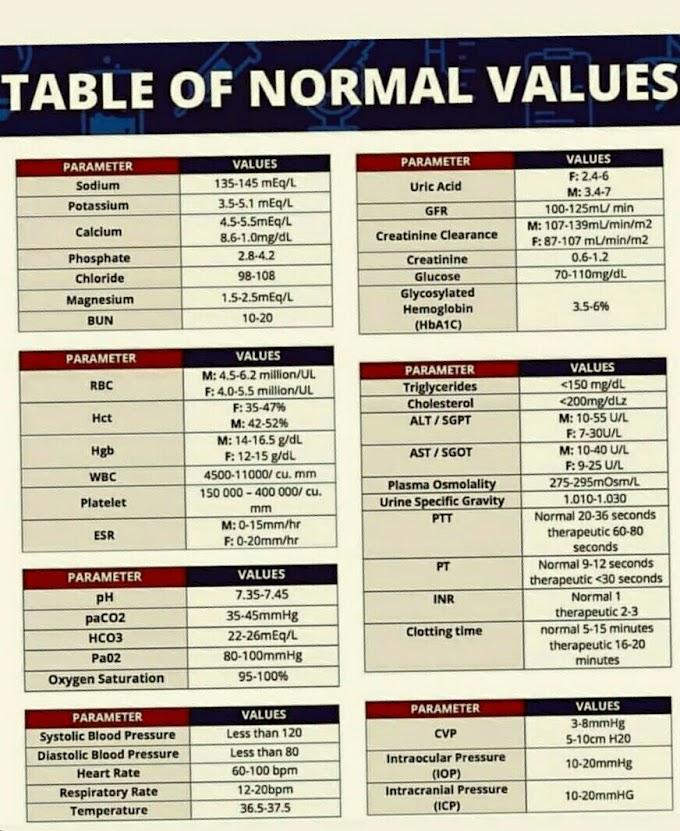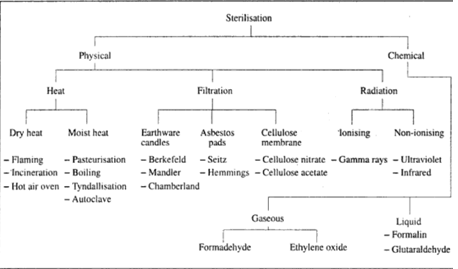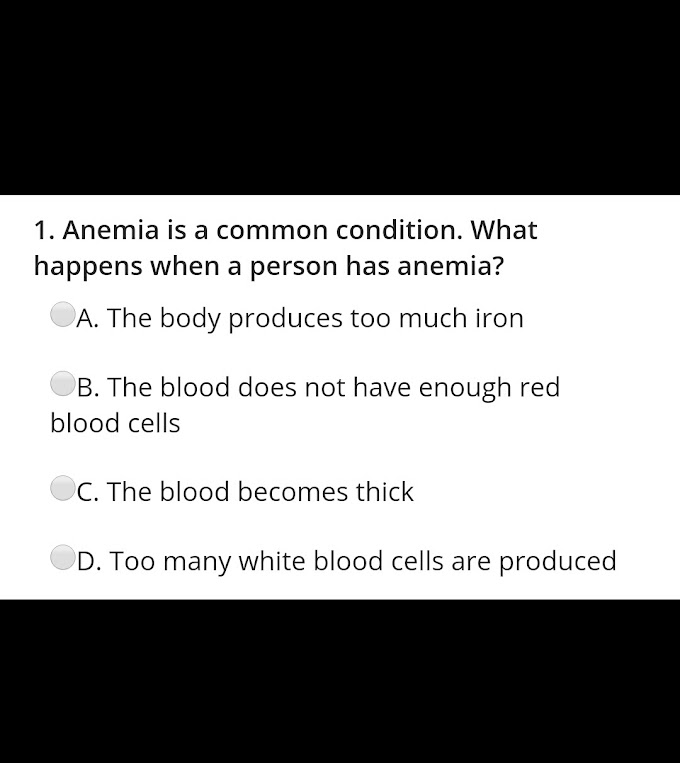CROSS MATCHING (Method of crossmatching) Types, Purpose, Principle, Procedure and Interpretation
Major cross match
|
Minor cross match
|
CROSS MATCHING:- Before a donor's blood is transfused into a recipient, there
should be no antigens or antibodies in both the donor's blood and recipient's
blood that would react with each other, resulting in the destruction of red
cells. In other words, there should be no transfusion reaction.
The donor's blood should be compatible with recipient's blood and should give maximum benefit to the recipient.
The donor's blood should be compatible with recipient's blood and should give maximum benefit to the recipient.
Crossmatching is divided into two parts:
1. Major cross match:- It
involves testing donor's red cells with recipient's serum to detect unexpected
antibodies in recipient's serum that will destroy donor's red cells.
2. Minor cross match:- It
tests recipient's red cells with donor's serum in the same way as the major
cross match. These antibodies can also be detected by antibody screening tests.
Method of crossmatching
Methods 1: saline method
A. Slide method
1. Prepare 5% washed red cells suspemsions of the doner
and recipient red cells in saline properly labeled tubes.
2. Divide the slide in two parts, major and minor, as
shown below.
Major cross match
|
Donor cells + Recipient serum
|
Minor cross match
|
Recipient cell +
Donor serum
|
3. To the
'major part of the slide, add one drop of recipient's serum and one drop of
donor's red cell suspension. Mix with an applicator stick.
4. To the
'minor' part of the slide, add one drop of donor's serum and one drop of
recipient's red cells. Mix.
5. Allow to
stand at room temperature for 5-10 minutes in a moist chamber.
6. Examine
both macroscopically and microscopically for agglutination.
Note:- The results
should be read as soon as possible because drying of the suspension may show
false agglutination.
Interpretation Compatible
donor and recipient blood should show no agglutination in both the major and
the minor crossmatch.
B. Tube method
1. Prepare
5% washed red cell suspensions of donor's and recipient's red cells in
appropriately labelled tubes.
2. In a test
tube labelled 'major', mix one drop of donor's red cells and two drops of
recipient's serum.
3. In
another tube labelled 'minor', mix one drop of recipient's cells and two drops
of donor's serum.
4. Allow the
tubes to stand at room temperature for five minutes. Centrifuge at 1000 g for
15-20 seconds.
5. Examine
macroscopically and microscopically for agglutination.
6. If
agglutination is observed in any tube, it indicates incompatibility of blood of
the donor and the recipient.
7. If there
is no agglutination, incubate the tubes at 37°C for 60 minutes.
8.
Centrifuge again and examine for agglutination as before.
9. If there
is no agglutination, proceed with the albumin or antihuman globulin (AHG) serum
technique.
Note
Incubation
at 37°C in step 7 may detect some warm antibodies reacting in sa line which
might have been missed at room temperature. For example antibodies of the P,
MNSs or kell systems sometimes react this way.
Method 2: Albumin tube method
1. Label the
tubes and mix the red cells and sera for major and minor crossmatch as for the
saline method.
2. Incubate
both the tubes at 37°C for 60 minutes.
3. Gently
allow a drop of 22% bovine albumin solution to run down the sides of the tube
so that it forms a layer between the cells and the serum. Do not shake.
4. Incubate
at 37°C for 30 minutes.
5. Tap the
tubes gently to disperse the cells and look for agglutination microscopically.
This albumin
technique can detect some incompatibilities due to incomplete immune antibodies
such as Rh-antibodies which may not be detected by the saline method.








If you have any queries related medical laboratory science & you are looking for any topic which you have have not found here.. you can comment below... and feedback us if you like over work & Theory
.
Thanks for coming here..